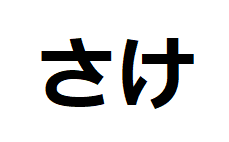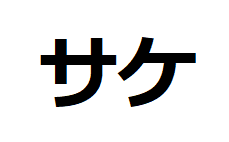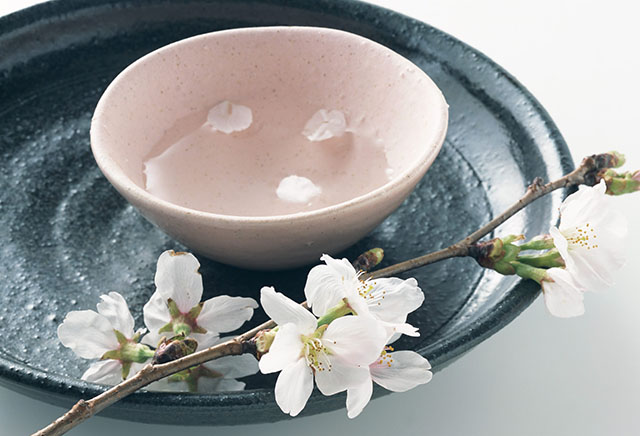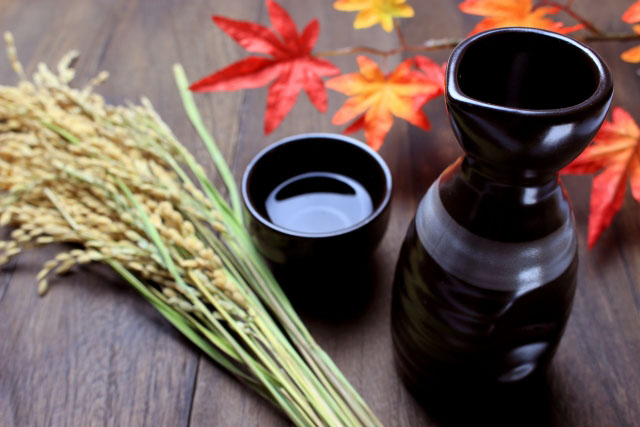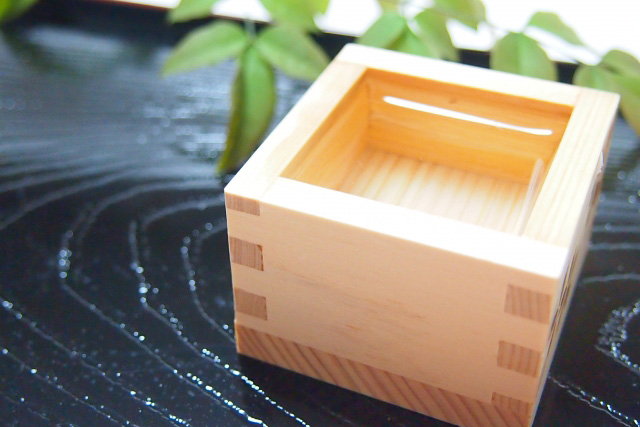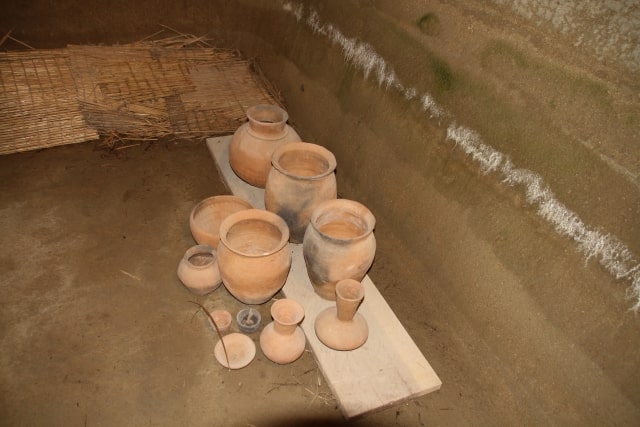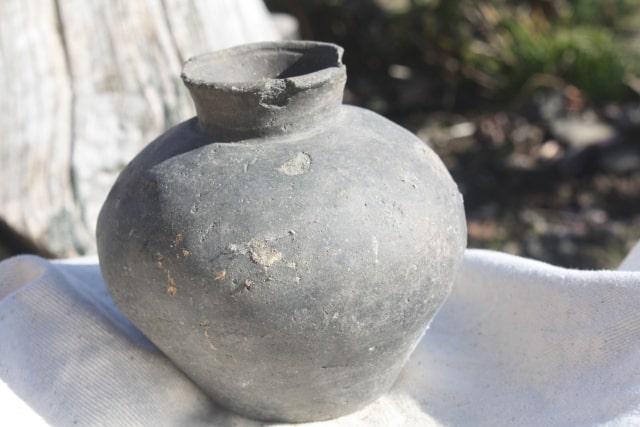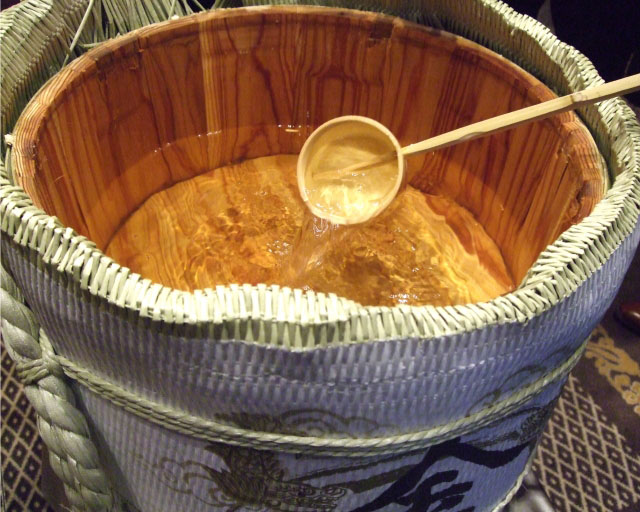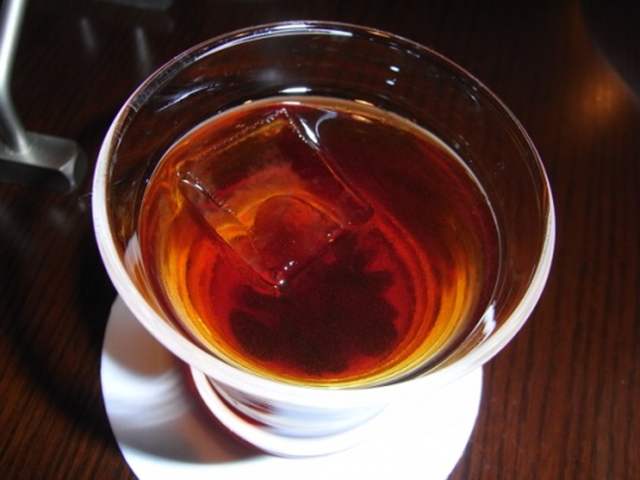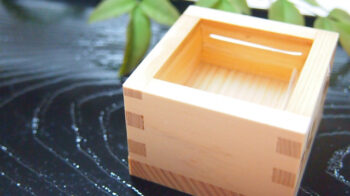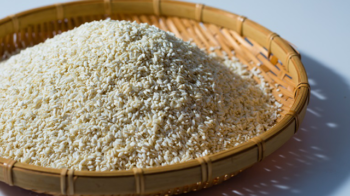Japanese Sake
Welcome to the world of Japanese Sake.
Generally, we explain Sake as rice wine.
However, other alcoholic beverages such as wine, beer, and whisky are also called Sake in Japan.
Because it’s a generic term.
When we want to make it clear, we use the word Nihon-shu (日本酒).
Nihon means Japan and Shu is another pronunciation for the kanji 酒.
That is to say, Nihon-shu means Japanese Sake.
Let’s look into its world.
Below is the contents of this page.
1. Wine of rice
– Weren’t there any grapes?
Since ancient times, we have made Sake from rice.
Why not from grapes?
To tell the truth, it is widely believed that the first alcoholic beverage in Japan was wine made from grapes.
Because pottery containing wild grape seeds was discovered in Nagano prefecture and this pottery can date back to 5000 years ago when we cannot find any traces of rice wine.
As this fact shows, grapes have existed in Japan since ancient times.
In the forests, wild grapes (vitis coignetiae) have been available and another type of grapes (vitis vinifera) have been cultivated since the 12th century.
– Why from rice, not from grapes?
Thus, it is true that grapes have existed in Japan since ancient times.
However, they were not suitable for making wine.
Because the grapes produced in the humid climate like in Japan are acidic and lack sugar to make wine.
No doubt that the first grape wine was a result of a fortune accident.
On the other hand, since the demand for alcoholic beverages was quite high, they earnestly sought alternatives and finally found rice.
It was not until the end of the 19th century that the first authentic wine was made in Japan under the influence of westernization.
– When did they start to use rice?
Kuchikami 口噛み酒 (masticated sake) is the production method used during that rudimentary period.
Firstly, they chewed rice and then spat it into a pot.
That’s all.
Human saliva containing enzymes breaks down starches in rice and all the fermentation proceeds in a pot.
2. History of Sake
1) in religious ceremonies
According to the Gishiwajinden 魏志倭人伝, a history book written in China in the 3rd century, people sang, danced, and drank sake during funeral ceremonies.
The exact process and ingredients used at this time are not clear, but its usage in relation to religion is evident.
After the harvest time, ancient people dedicated it to the gods saying “thank you” and praying for a better harvest next year.
If you are interested in its relationship with Shinto, visit here
⇒Rice and Shinto
– When did they start to use Koji?
According to the most supported theory, Koji came to Japan from China during the Nara period (8th century).
On the other hand, there is some evidence suggesting that the use of Koji actually originated in Japan.
But in any case, there is no doubt that the basic fabrication method as it is known today actually began during Nara period (8th century).
Incidentally, Sue pottery which was brought from Korea in the 5th century was used to make and stock Sake.
Because it had high water retaining capacity and was ideal to stock liquid, such as Sake and ancient seasonings.
2) commercialization
Sake production gradually became commercialized in the 12th century and its commercialization led to an increase in its consumption.
But unfortunately, its routine consumption sometimes caused social problems.
Annoyed by repeated problems, the government (Kamakura) decided to prohibit its drinking in 1252.
As a matter of fact, this prohibition put a brake on the growth of the sake industry.
In the 14th century, the newly established government (Muromachi) ended the prohibition and began to levy taxes on sake breweries.
As this taxation was an important source of revenue for the government, far from prohibiting, they encouraged its production.
As a result, Sake industry prospered.
New techniques such as heating for the finishing called “hi-ire” were born during this period.
Some prestigious Buddhist temples in Nara started making clear Sake in this era.
As time goes by, these techniques came down to outside of temples into other districts such as Nada and Itami in Hyogo prefecture.
3) from Kansai to Kanto
In the 17th century, when Edo (today’s Tokyo) became the center of politics, people began to transport a lot of Sake from the west (Kansai) to Edo which is located in the east (Kanto).
Incidentally, at that time, the western region was called as “kami-gata” (literally, the upper area), because the Emperor lived there.
As a result, people presumed that the Sake “descended” from the west (Kansai) to the east (Kanto).
This large-scale transport produced some new systems such as money order, Sake wholesaler, and Izakaya.
* As for the difference in the culture between Kansai and Kanto
⇒Kansai and Kanto
3. Chinese sake
Chinese sake called Shokosyu is also made from rice.
Using sticky rice and rhizopus for fermentation, Shokosyu possesses strong aroma and dark color.
On the other hand, Japanese Sake is generally mellow with light aroma.
But of course, they have some in common.
For example,
- the custom to warm before drinking and enjoy a totally different taste.
4. Kanji and Kana
1) Kanji
To learn Kanji (Chinese characters) is always interesting and beneficial to understand what the word means.
Through Kanji, we can virtually grasp not only the meaning of the word, but also the background it was born in.

Kanji for Sake is 酒.
According to the most supported theory, 酒 illustrates a pot and running water (maybe it’s a flow of Sake).
As I mentioned above, 酒 is also pronounced as Shu.
2) Kana (かな)
There are two phonograms (kana) in Japanese: 1) Hiragana and 2) Katakana.
According to the most supported theory, both of them were formed by adopting one element of a Kanji character with similar sounding.
Originally, Hiragana were only for women. But today, it has by far the wider usage.
As for 2) Katakana, we use it mainly for foreign origin words.
Incidentally, there are 46 characters in both Hiragana and Katakana systems.
Hiragana for sake is さけ and Katakana is サケ.
